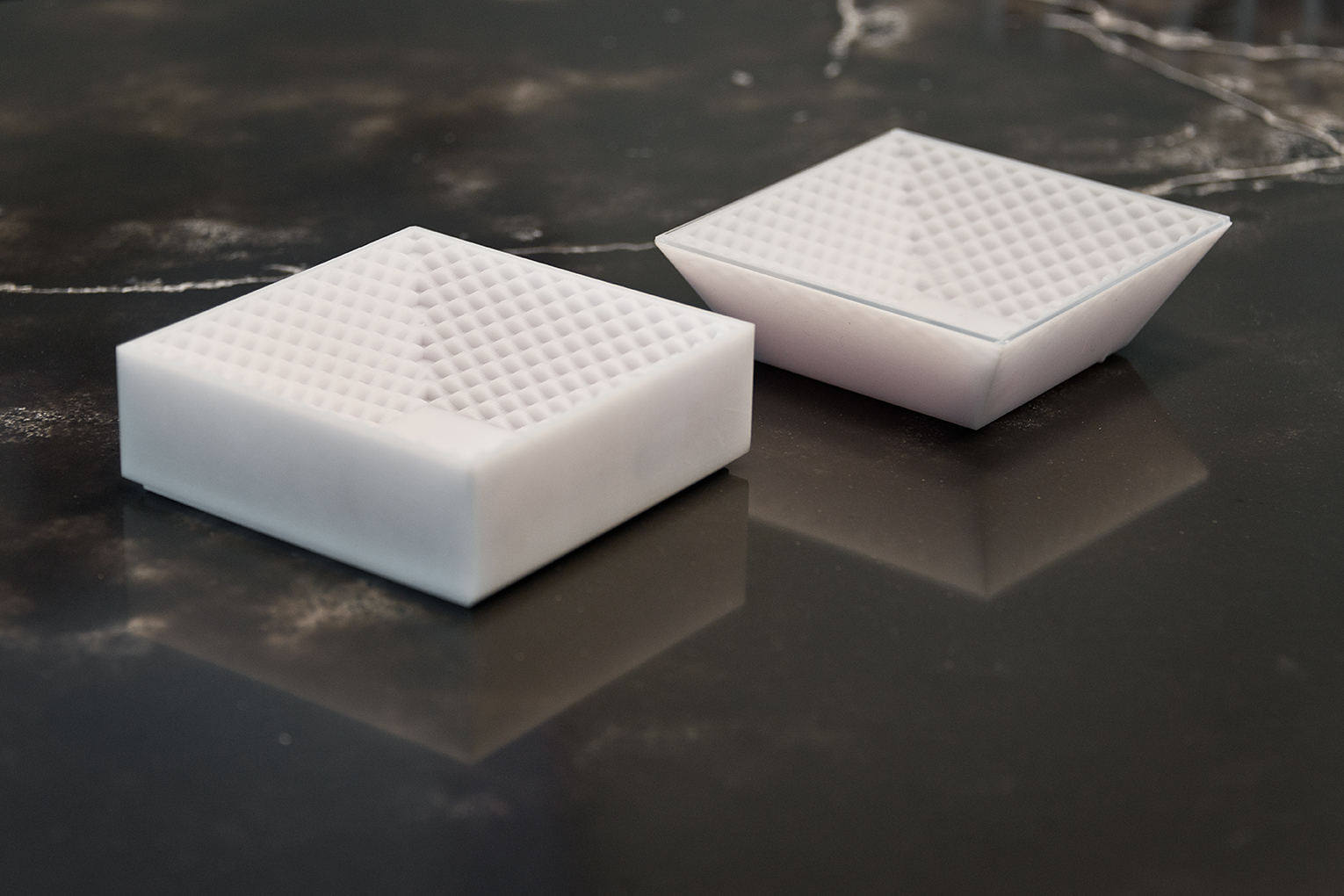When you hear about Oslo what comes to mind? Commercial activities? Technology? Breath taking architectural designs? Oslo is more than that Sitting pretty as the most strategically located economic and governmental Centre of Norway, Oslo carries out a lot of functions as the hub of banking and industrial commerce with great desire for architectural designs. In fact, it is placed as the second most expensive city in the world, as at 2011.
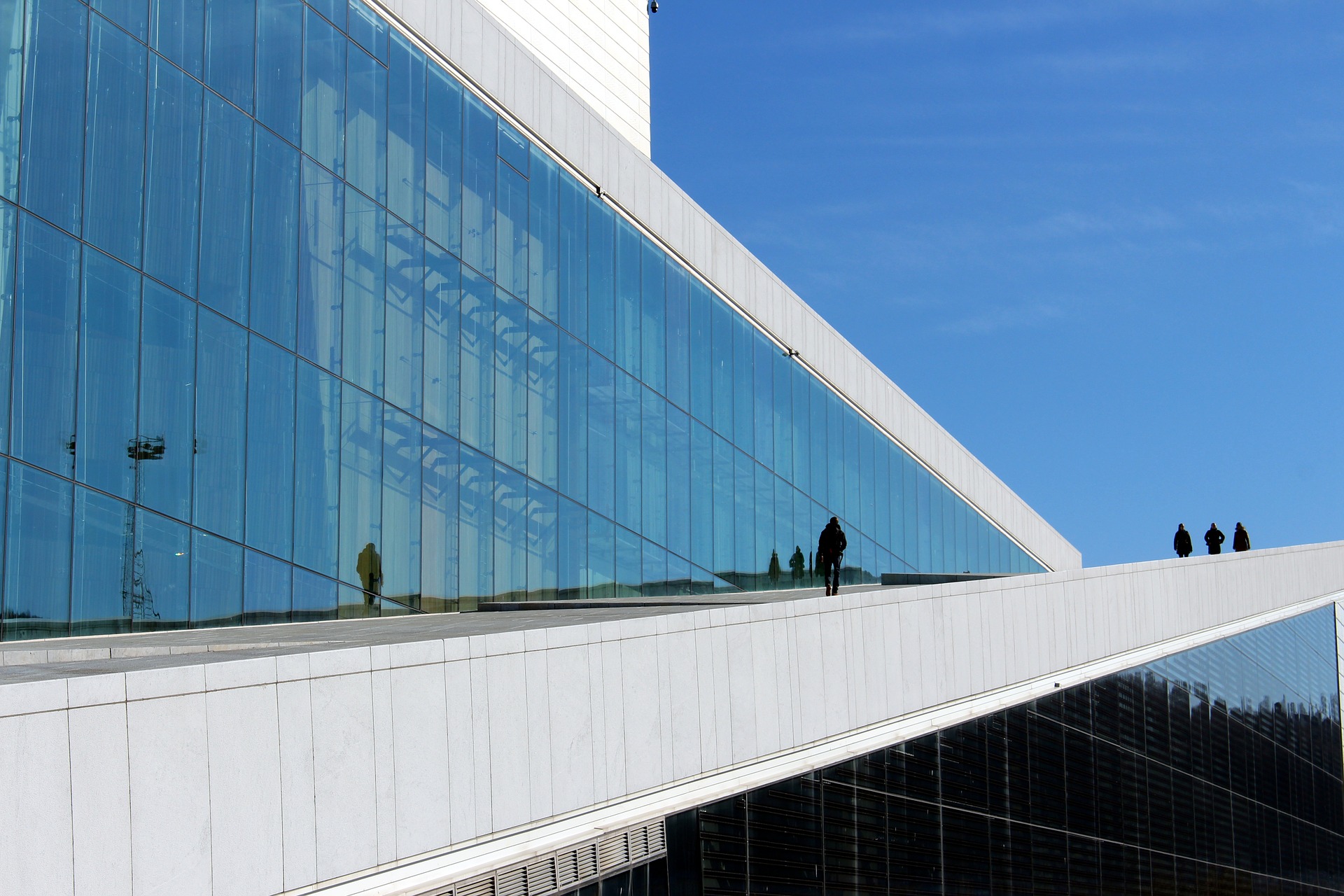 Architectural designs did not start today many masterpieces were built in Oslo in the 19th century; from the Royal Palace, Storting Building to the University National Theatre, among others.
Architectural designs did not start today many masterpieces were built in Oslo in the 19th century; from the Royal Palace, Storting Building to the University National Theatre, among others.
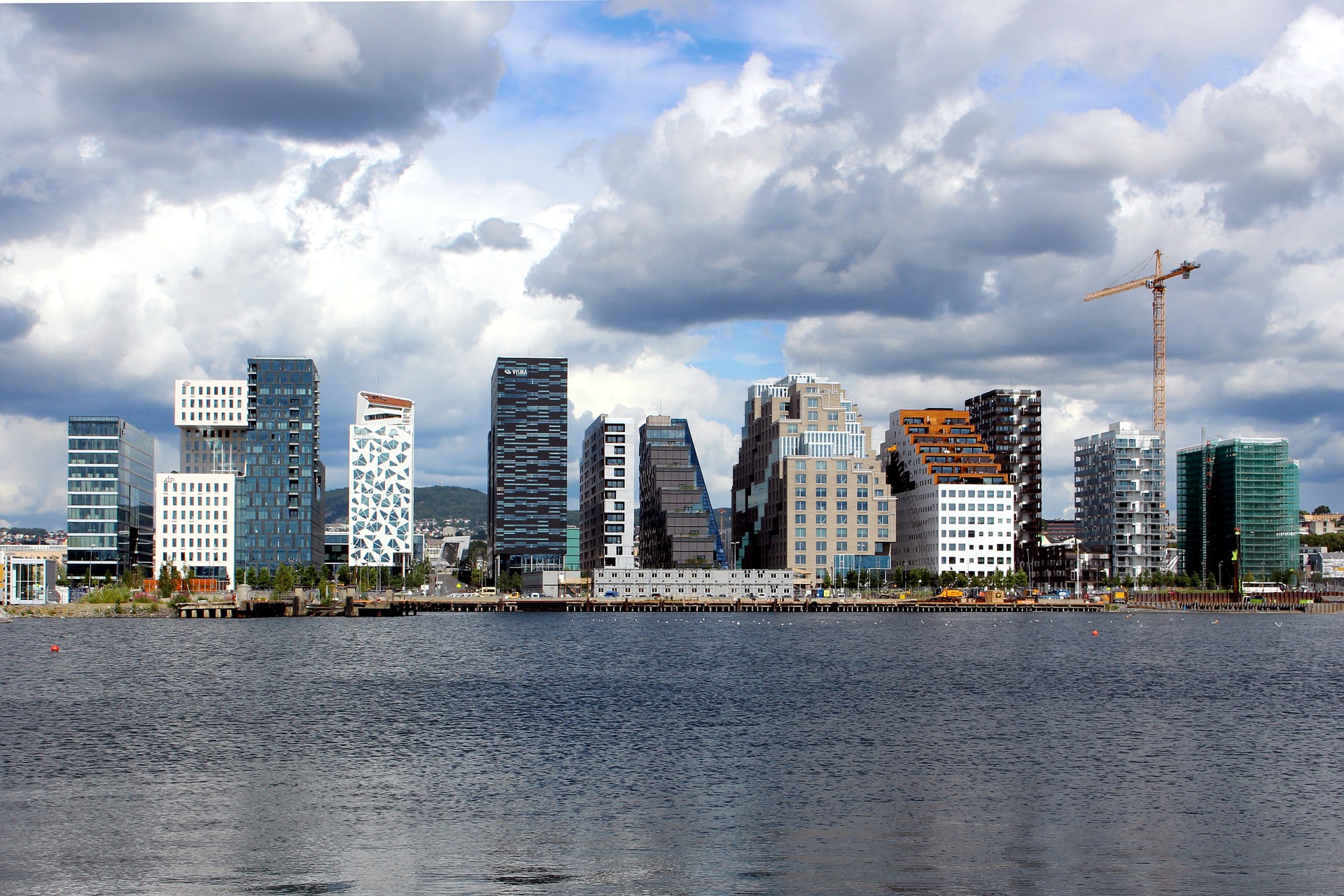
History
The future of the sustainable city is not complete without its history, we discovered that architectural designs did not just start today; In the 11th century, several churches and abbeys already occupied the city, giving it an air of complex structure and breathtaking beauty. Important to note is that many of the city’s building at this time was built entirely of wood, so it was not surprising that fire destroyed many of these structures.
But after the fire in 1624, which lasted for three days, there was a synergy between the people of Denmark and Norway which encouraged the people to build a network of roads and move their businesses to the newly built city. Thus, little by little, these resourceful people built their city again from the ruins of the fire. But it did not end there. Let look at a place called Tjuvholmen in Oslo which has a great architectural structure and design.
Tjuvholmen is a new addition to Oslo’s varied collection of designs. The buildings that make up the area are drawn by different architects, creating a concentrated display of current trends in architecture. Tjuvholmen is also characterized by elaborate outdoor spaces, hotels, including a city beach and several humorous outdoor artworks. The architectural designs and innovation in the area is nearly perfection to behold. It has attracted many people around the world coming for tourism. Example is the hotel called THE THIEF.
The Thief Hotel is a magnificent structure which about has 116 rooms and suites, all with private French balconies. The 160sq.m penthouse suite has a private rooftop terrace with panoramic views.
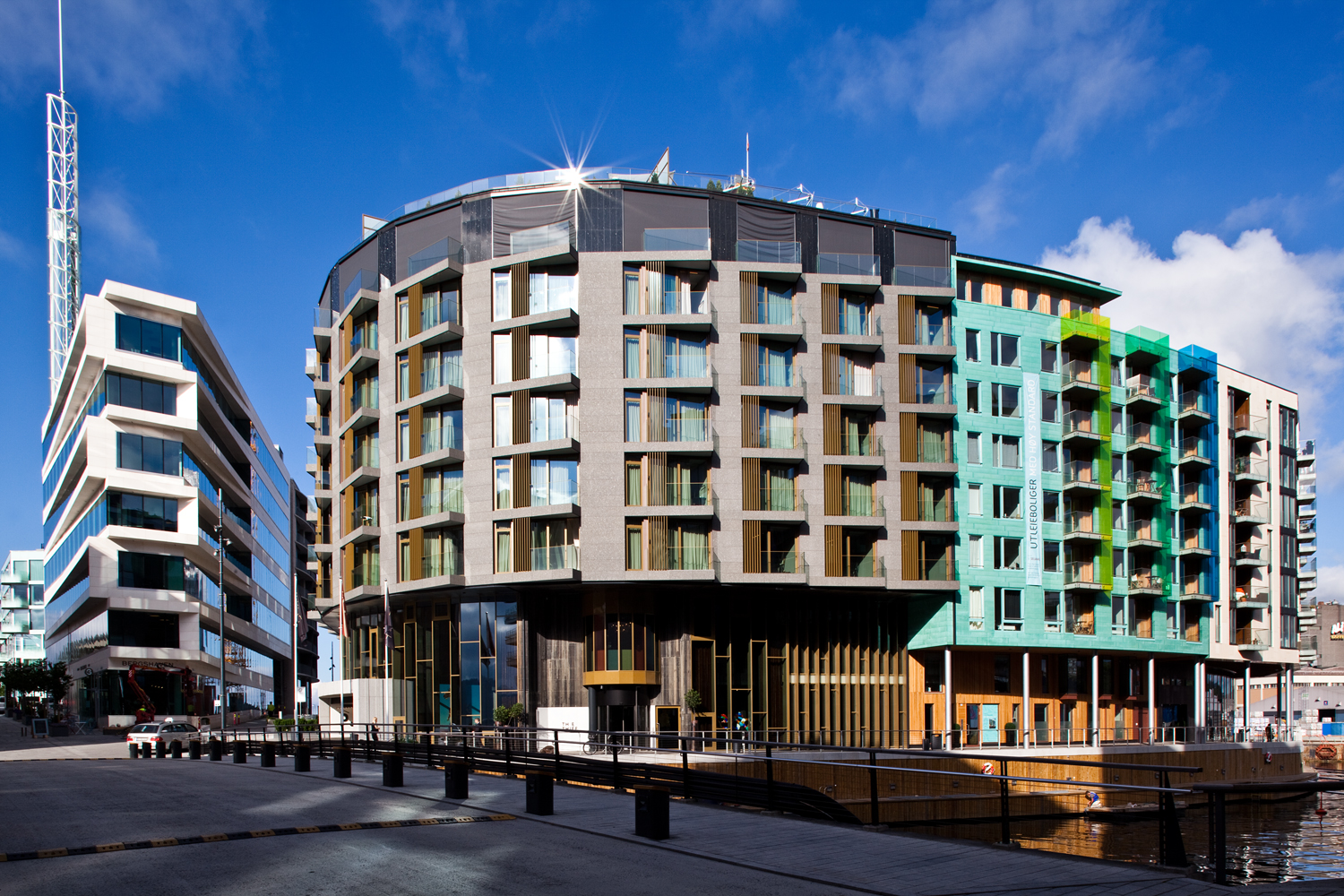 The architectural design has brought about rapid development and commercial in other sector of the city. It has also served as attraction for tourists and also pave way for the future.
The architectural design has brought about rapid development and commercial in other sector of the city. It has also served as attraction for tourists and also pave way for the future.
The Future
In the nearest future, Oslo is probably going to be most future-oriented, sustainable city in the world, according to the Haptic Architects and the Nordic Office of Architecture who hint on their released plans to create a 370 hectare-site city next to Oslo Airport and will be called ‘Oslo Airport City’ (OAC) which, according to them will be the ‘first Energy positive airport city’.
Furthermore, OAC will use energy that was generated within the city and will use advanced technology, like electric vehicles that have no drivers, appropriate densities and green technology. Interestingly, this city would be designed from scratch, but how sure are we that the city is going to be a sustainable one, especially in future?
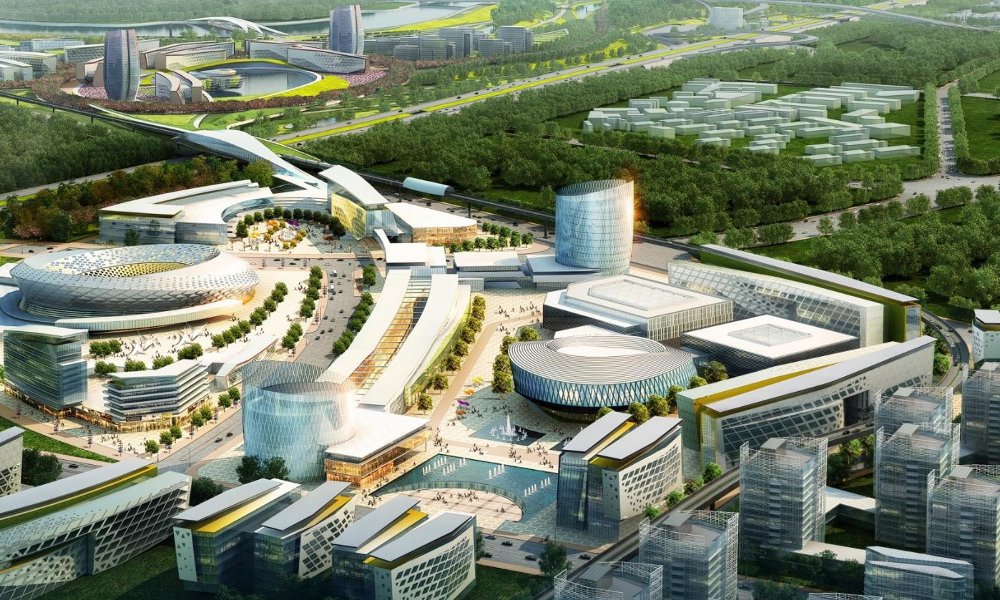 The creators of this masterpiece explained that living in the city will not require any form of transportation. And if any form of transportation is needed, it would make use of driverless cars, auto lighting, smart waste tech and security tech, what is known as green technologies. Also, to ensure that the city is running freely without any form of toxic energy, it would only use the renewable energy it produces, sell any excess energy generated and also use any excess energy to run its planes, therefore cutting down the airport’s fuel usage.
The creators of this masterpiece explained that living in the city will not require any form of transportation. And if any form of transportation is needed, it would make use of driverless cars, auto lighting, smart waste tech and security tech, what is known as green technologies. Also, to ensure that the city is running freely without any form of toxic energy, it would only use the renewable energy it produces, sell any excess energy generated and also use any excess energy to run its planes, therefore cutting down the airport’s fuel usage.
One of the major advantage of this huge project is an urban, technologically advanced location for the employees of the airport and their families to live. The creators of this city are hopeful that this will attract more employees for the airport. This project is due to begin in 2019 and completed in 2022. The sustainable city of the future is here. Its no more an imagination, it is with us

